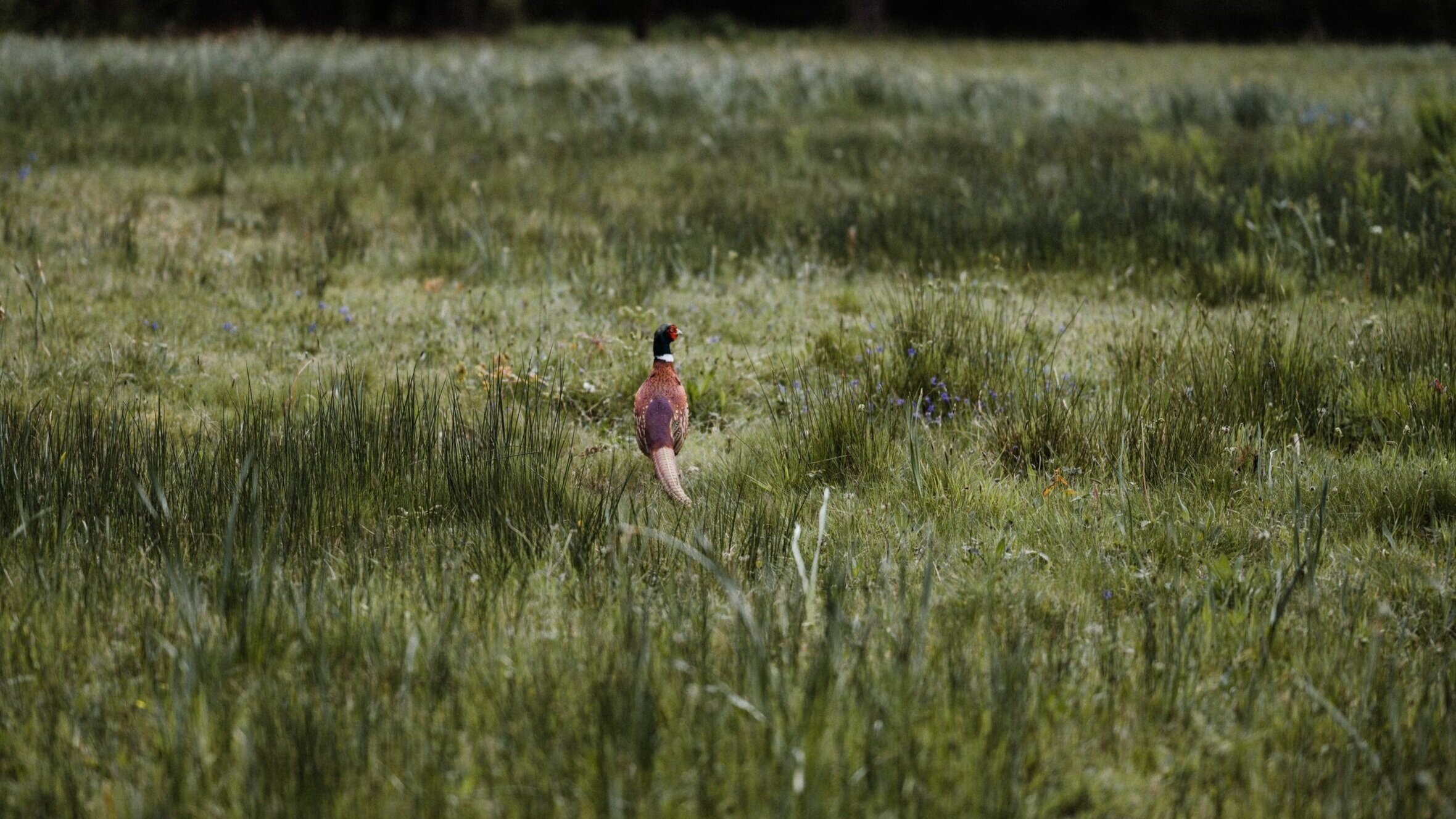
Standing Committees
Education and Information Outreach
The Education and Information Outreach Committee informs the public of basic wildlife management concepts and of Chapter and Society activities and interests.
Finance Committee
The funds of the Chapter are under the supervision of the Executive Board and handled by the Treasurer. These funds are derived from dues, special assessments fundraisers, work projects, and contributions. Specifically, the Finance Committee oversees the Dakota Prairie Legacy account and the Life Membership accounts.
The audit committee is housed under the finance committee and is responsible for reviewing the financial records and support documents of the Treasurer, at least annually and prior to any change in the Treasurer. An annual report is submitted to the Executive Board at the Annual meeting. It consists of a chair and at least two members.
Fundraising Committee
The Fundraising committee is responsible for the fundraising efforts for the Chapter. This includes raffle tickets, auction items (silent & live), and setting up games at the Annual Meeting’s fundraiser event.
Legislative Committee
The Legislative Committee….
Membership
The Membership Committee is responsible for recruiting the maximum number of qualified persons residing or working within the Chapter’s organization area for the Society, the Section, and the Chapter. The committee: Receives nominations for membership, makes recommendations to the Board, and seeks approval; Provides information regarding membership types; Prepare a report for the Annual Meeting; Recommends ways to recruit new members.
North Dakota Action Group
In 1986 the North American Waterfowl Management Plan (NAWMP) was signed by the U.S. Government and the Canada Government. Shortly thereafter, the Mexico Government also became a sign-on partner to this continent-wide focus to restore waterfowl populations and waterfowl habitats to levels observed in the 1970s. In 1989 Congress approved the North American Wetlands Conservation Act (NAWCA) which would supply funding for the conservation of wetland habitat and associated uplands in all three countries. Essentially, NAWCA was passed to supply funding for the implementation of NAWMP.
The North Dakota Action Group formed in 1990 or 1991 as conservation partners in the state began meeting to discuss project proposals that would be submitted to NAWCA for match funding for waterfowl habitat programs and projects being delivered on the North Dakota landscape. These meetings typically occurred prior to the stated submittal dates of NAWCA proposals to the U.S. Fish and Wildlife Service. As the years passed this meeting came to be known as the ND Action Group and was led by a representative from the North Dakota Game and Fish Department. During the late 1990s, the scope of the NAWMP and NAWCA expanded to include other migratory birds associated with wetland habitats in addition to waterfowl, and the agenda for the Action Group meetings reflected this change. In the early 2000s, the Action Group began conducting an annual meeting, typically in the spring. The focus remained on waterfowl habitat and management but expanded to include other migratory bird species and other North Dakota wildlife species. Presentations on waterfowl and other wildlife topics are given and a group barbeque is normally held as part of the meeting. Discussions on issues impacting wildlife populations and habitats in the state are typically an important part of the meeting.
Professional Women in Natural Resources
Capitalizing on the unique perspectives and contributions women provide to the NDCTWS, the Professional Women in Natural Resources committee will strive to increase female membership and promote interactions among women across the membership while supporting the overall mission of the NDCTWS. This committee focuses on providing networking/social events and partners on other activities/projects that can help to engage our group. The objectives of this committee are: Increase active participation of Chapter members by requesting volunteers for workshops, activities, and events; Host a yearly social at the Annual Chapter meeting; Utilize silent auction and other fundraising methods to raise funds to send students to the National TWS meeting; Collaborate with NDSU to host a Professional and Student networking event.
Program, Arrangements, and Awards
The Arrangements Committee is responsible for setting up the Annual Meeting that held in February. Duties Include: Setting up the committee – finding members to assist with the committee; Contacting potential venues for the meeting; finding personnel to set everything up; Arrange for meals, rooms (auction, banquets, socials, etc.) set-up for registration table and help, breaks, etc.; Arrangement for guest speaker’s rooms; Coordinate with the Board to make sure all arrangements fall within budget.
The Program Committee is responsible for getting the program ready for the Annual Meeting and providing the Board with a proposed agenda at least two months prior to the meeting date. This includes getting students (oral and poster presentations), professionals, and perhaps a keynote speaker, as well as setting the agenda to include time slots for speakers, breaks, socials, moderators, etc.
The Awards Committee consists of the Executive Board of the Chapter and is chaired by the President-Elect. These awards recognize and commend outstanding achievements in wildlife-related activities in North Dakota and consist of The North Dakota Award, the North Dakota Habitat Award, and the North Dakota Case of the Year Award. Special Achievement and other awards may be presented at the discretion of the Executive Board.
Resolutions and Public Statements
The Resolutions and Public Statements Committee receives proposed resolutions and public statements from the membership and prepares, submits, and recommends actions to the Executive Board. Article VII., Section 5 in the Chapter Bylaws outlines procedures for passage.
